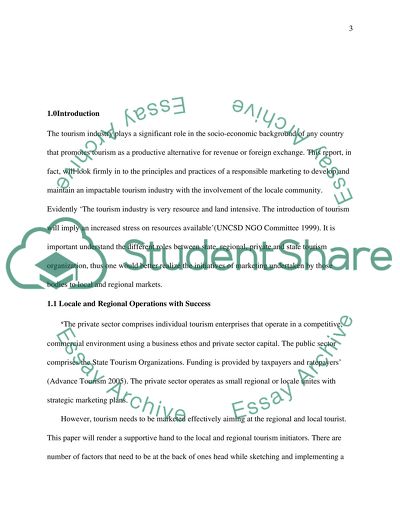Cite this document
(The Tourism Industry and It's Success Term Paper, n.d.)
The Tourism Industry and It's Success Term Paper. Retrieved from https://studentshare.org/marketing/1533740-tourism-marketing
The Tourism Industry and It's Success Term Paper. Retrieved from https://studentshare.org/marketing/1533740-tourism-marketing
(The Tourism Industry and It'S Success Term Paper)
The Tourism Industry and It'S Success Term Paper. https://studentshare.org/marketing/1533740-tourism-marketing.
The Tourism Industry and It'S Success Term Paper. https://studentshare.org/marketing/1533740-tourism-marketing.
“The Tourism Industry and It'S Success Term Paper”, n.d. https://studentshare.org/marketing/1533740-tourism-marketing.


